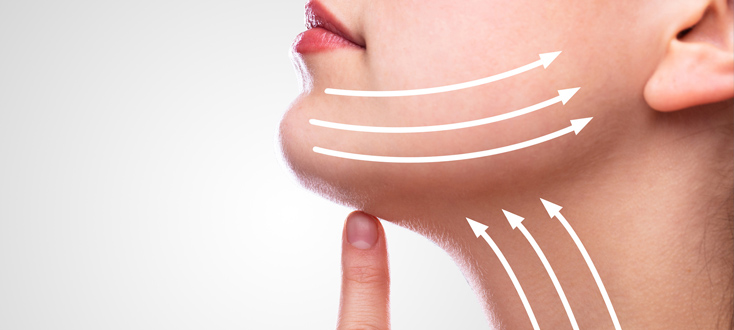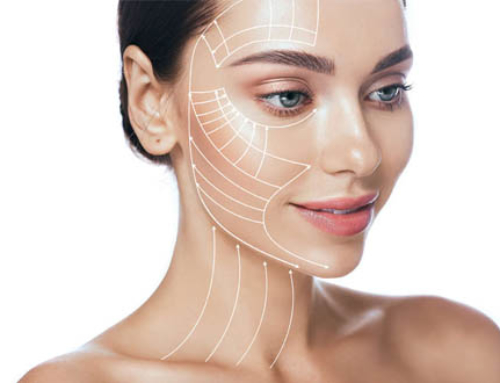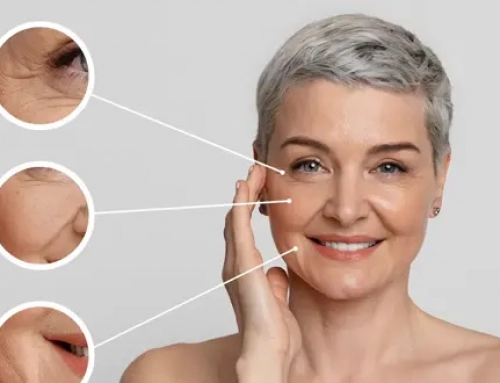The face and neck lift is one of the most requested procedures for individuals aged between 40 to 65 years old, men and women. Why is this procedure highly requested and what happens during surgery ? Here are some answers for you.

Face and neck lift combined with blepharoplasty
Face and neck lift : a perfectly natural result
Tightening the skin, removing jowls, alleviating wrinkles and correcting the appearance of flabby skin are the main purposes of the face and neck lift.
While many patients are afraid to end up with a ‘frozen’ expression of the face after a cosmetic procedure, this risk belongs to the past. The procedure requires a week of rest on average and pain remains mild during the whole recovery. The dreaded ‘frozen face’ usually results from the skin being tightened too aggressively during a face lift. Modern facelift techniques do not change the appearance of the face, they focus on alleviating aging signs.
After a facelift
Facelift surgery is usually performed under general anesthesia, local anesthesia can be used when the procedure only targets the lower face and neck. While patients typically spend one night under medical observation, facelifts can be performed as an outpatient surgery.
The facelift is painless and scars resulting from incisions are almost invisible around the ears. Bruising is systematic after surgery and resolves after approximately 10 days.
The facelift is often associated with another cosmetic procedure called blepharoplasty to achieve a comprehensive facial rejuvenation.
Blepharoplasty, or eyelid lift surgery
Eyelid surgery aims at alleviating aging signs in the eyelid area. This procedure targets the upper and lower eyelids, it removes excess skin that tends to overload the upper eyelids and excess fat accumulation under the eyes (under eye bags).
Just like any other surgical procedure, bruising is to be expected during 10 days. Since incisions are made in the natural fold of the upper eyelid and inside the lower eyelid, the scars are invisible.





